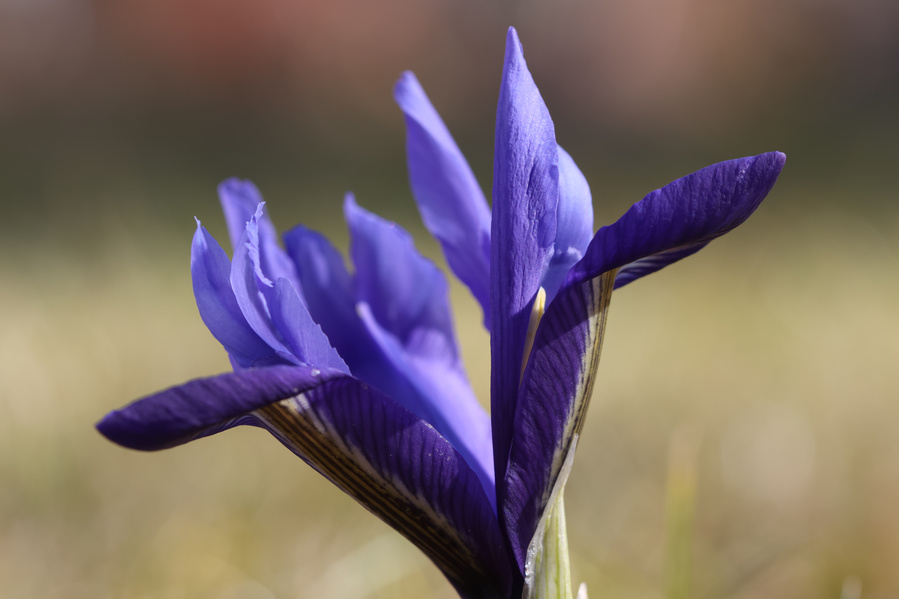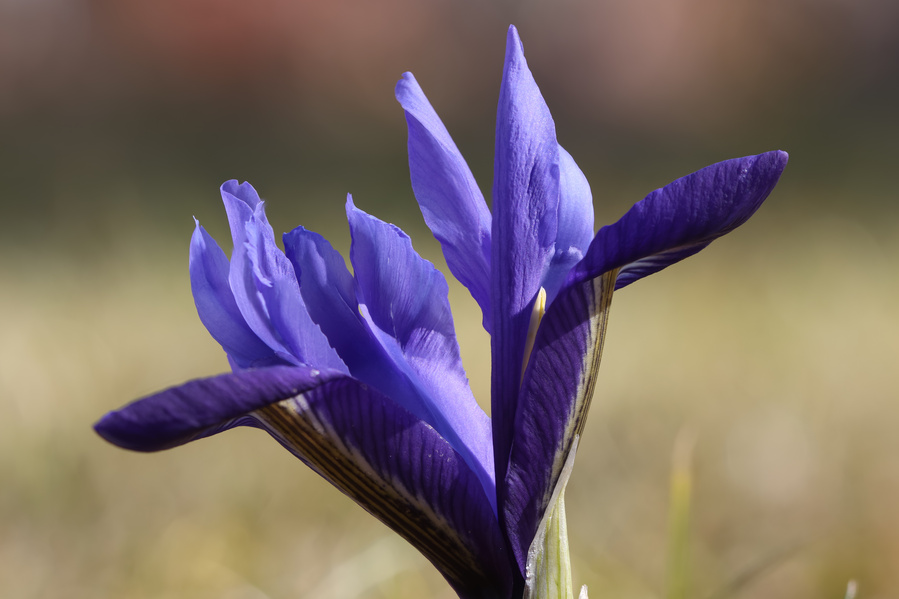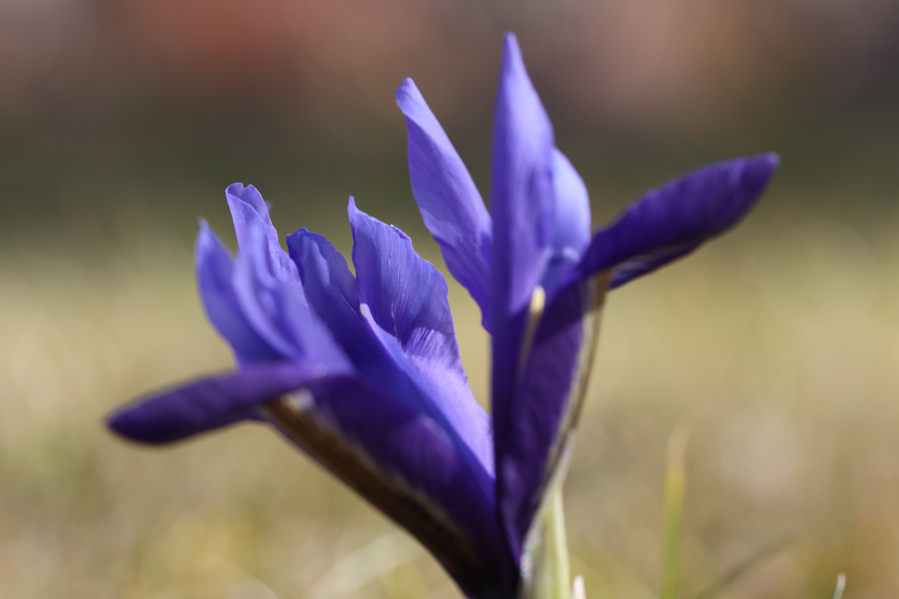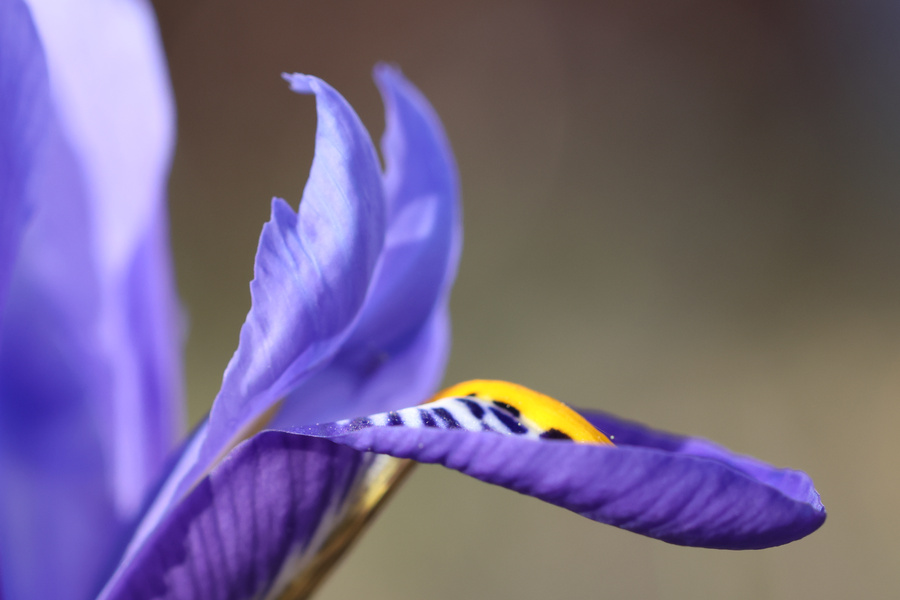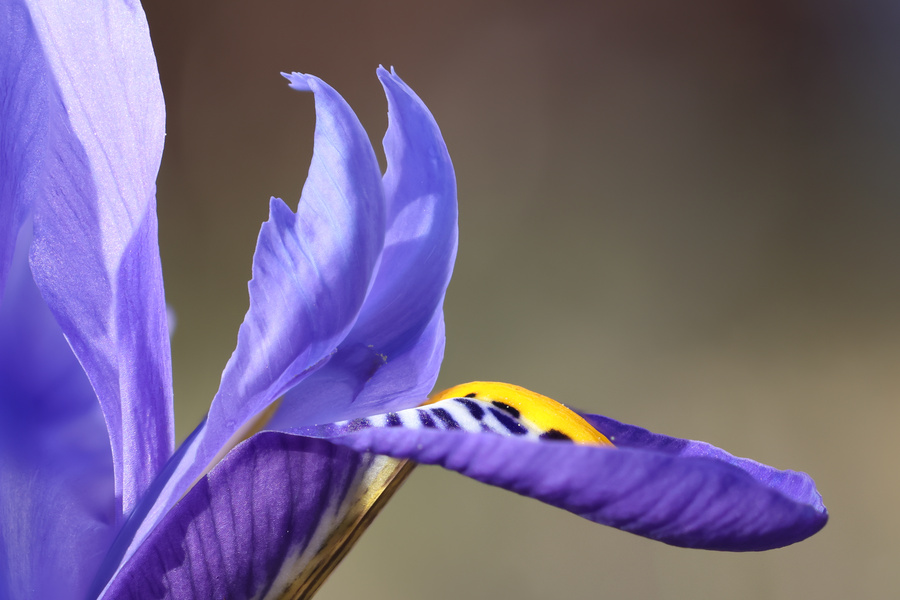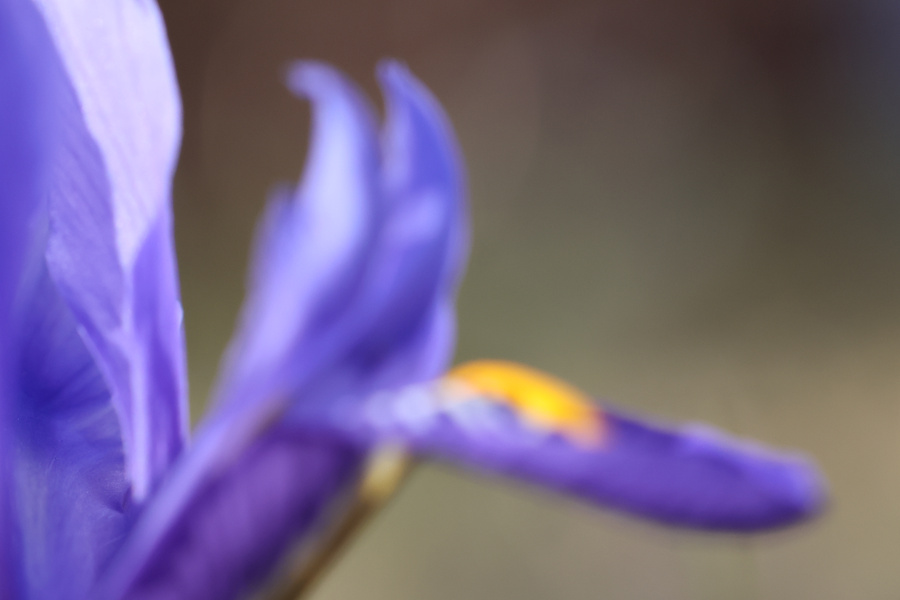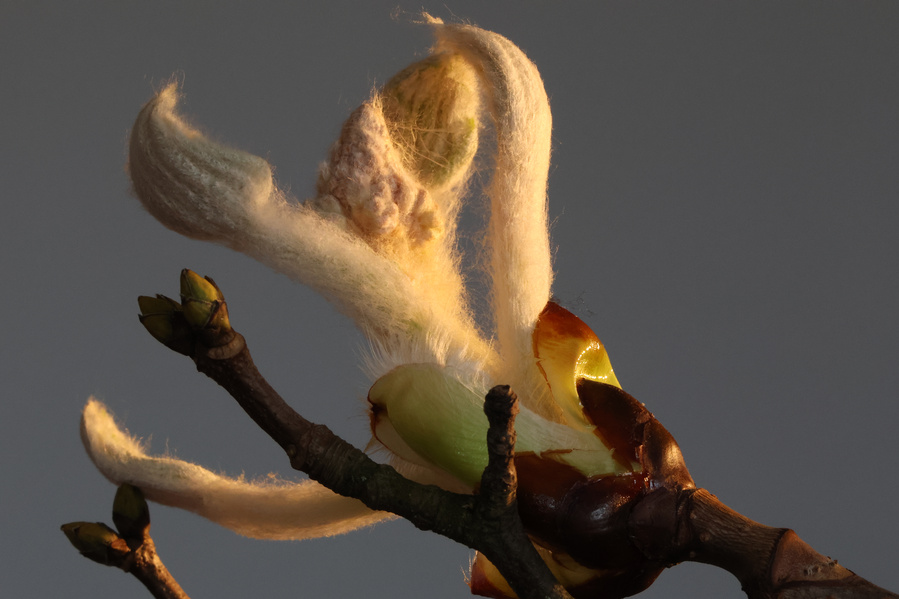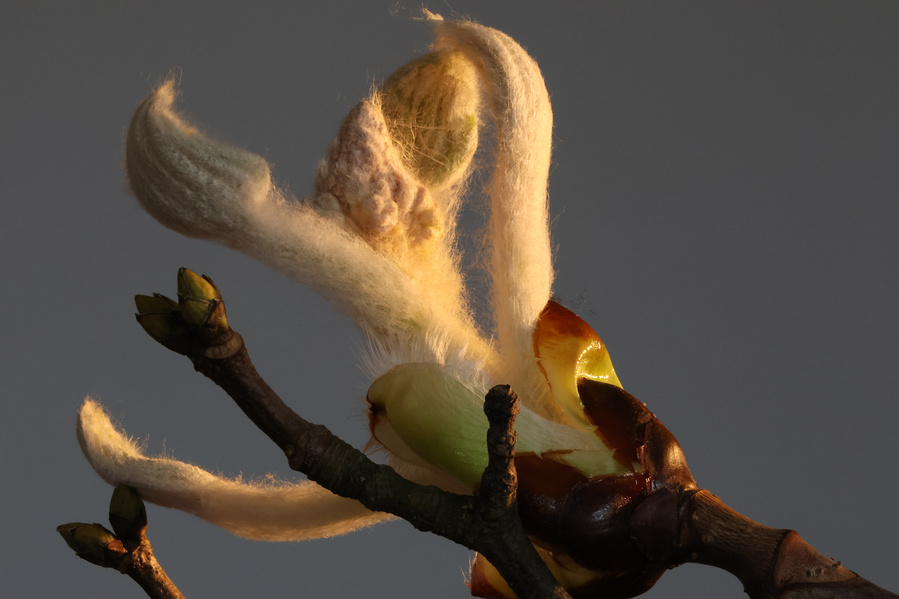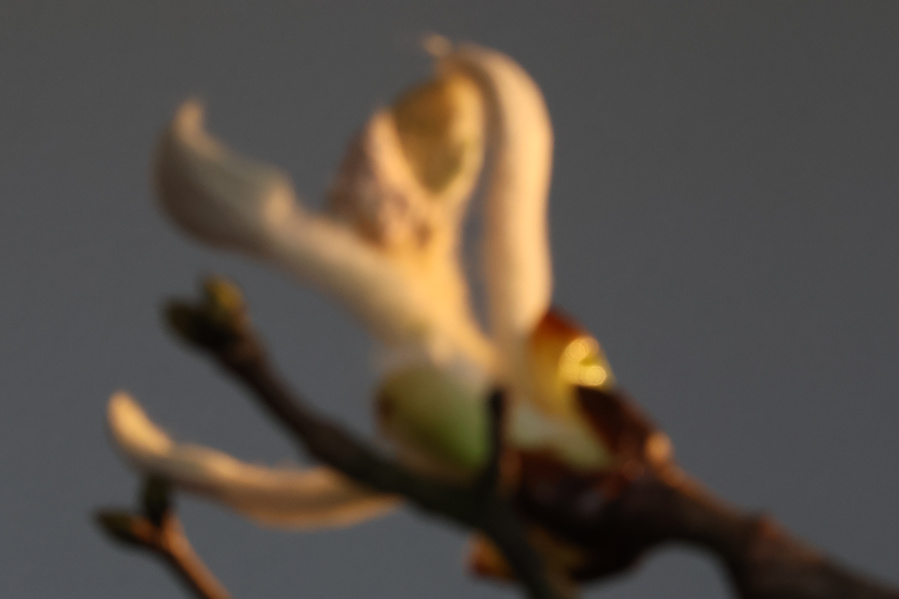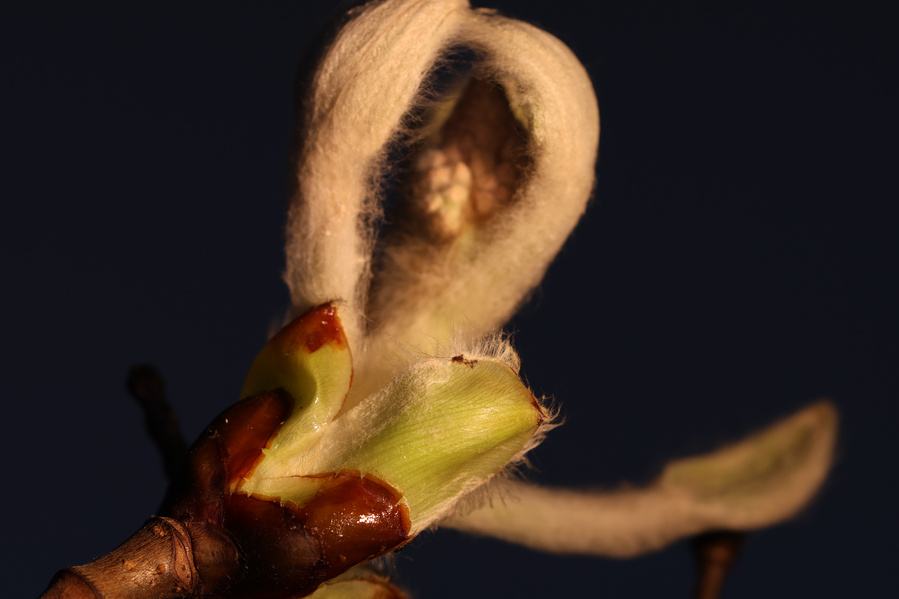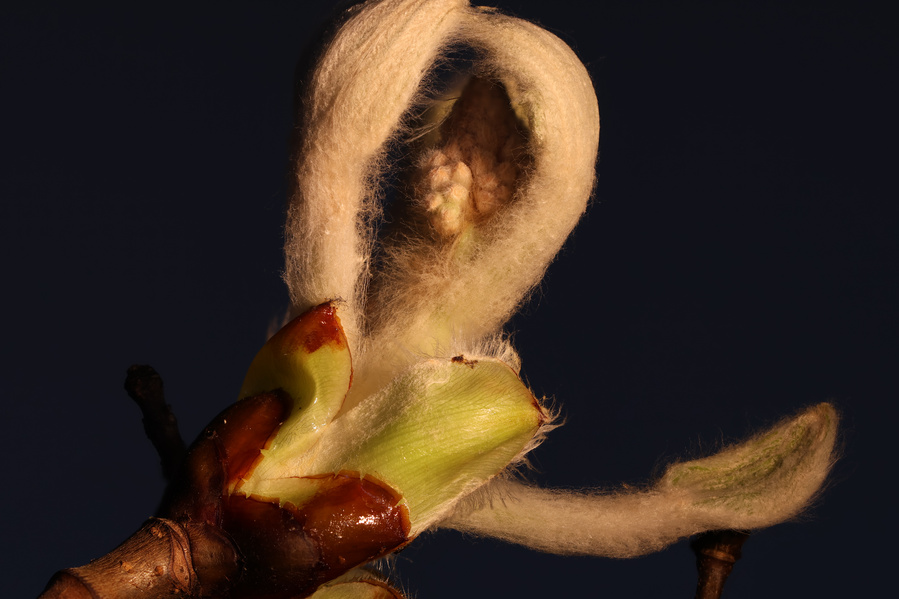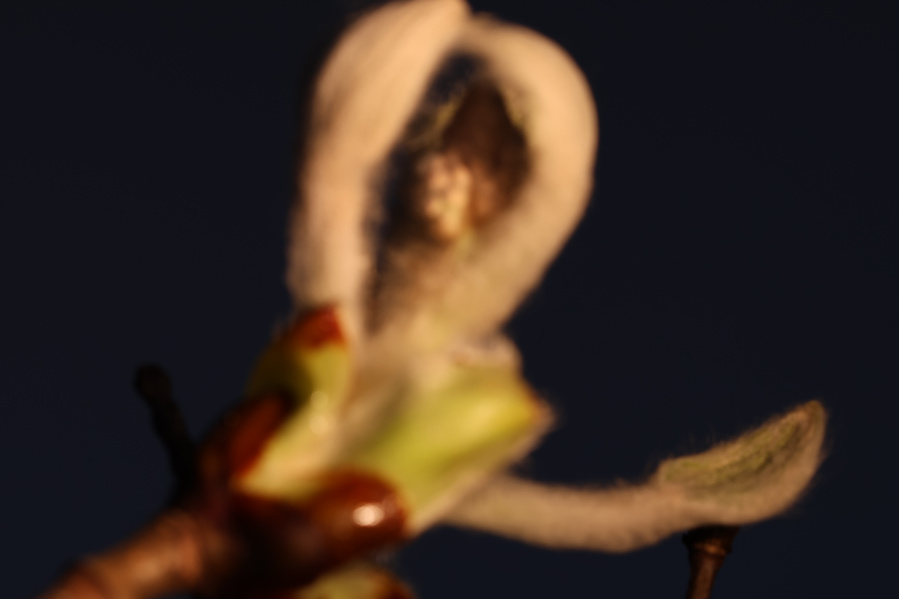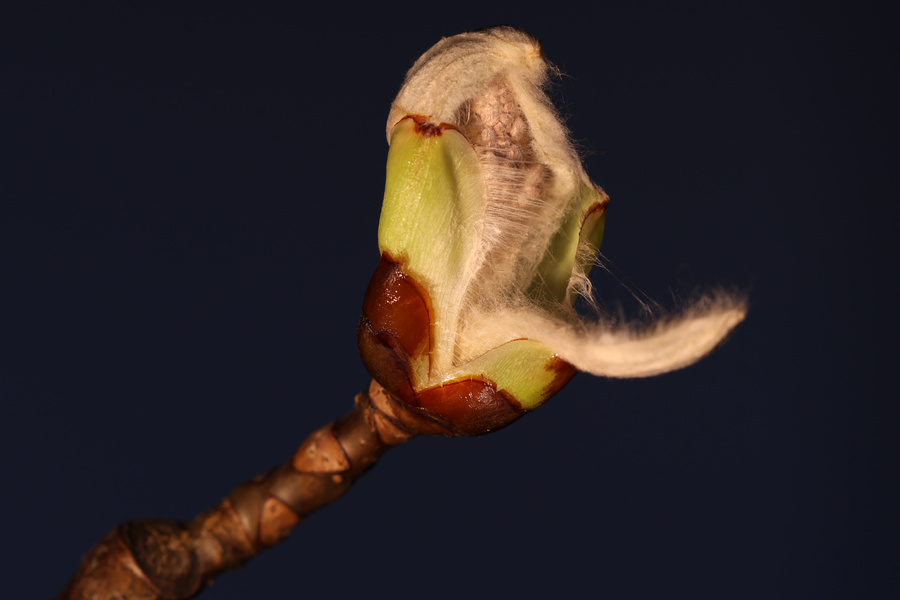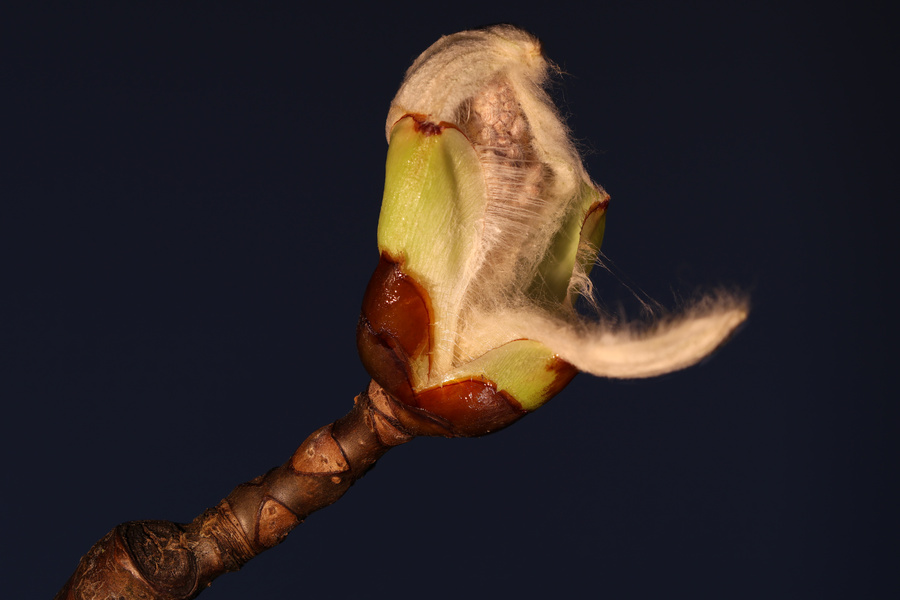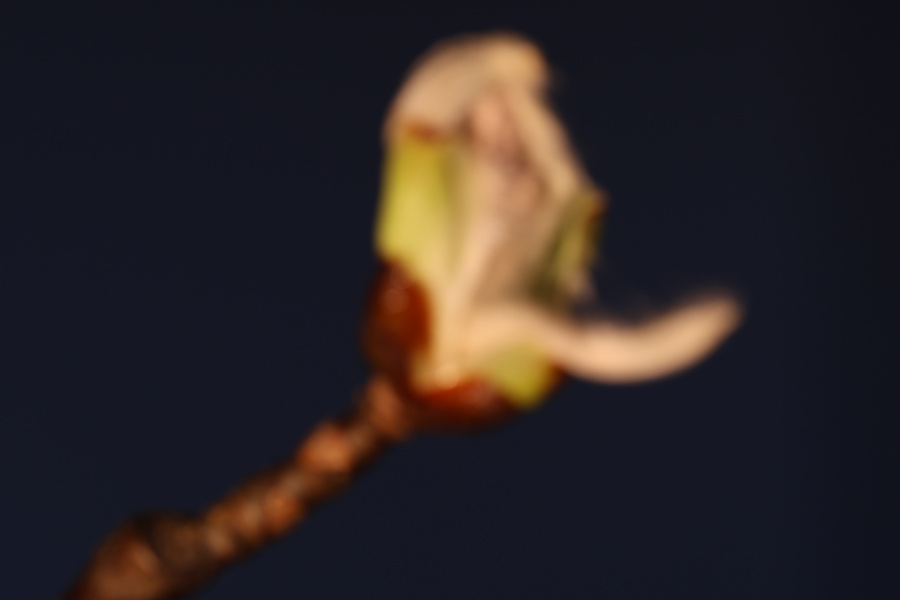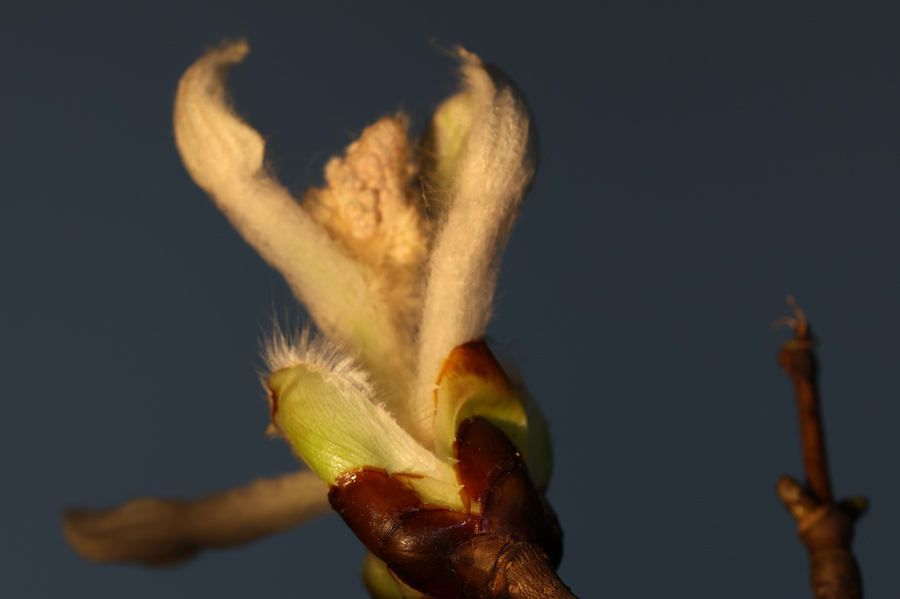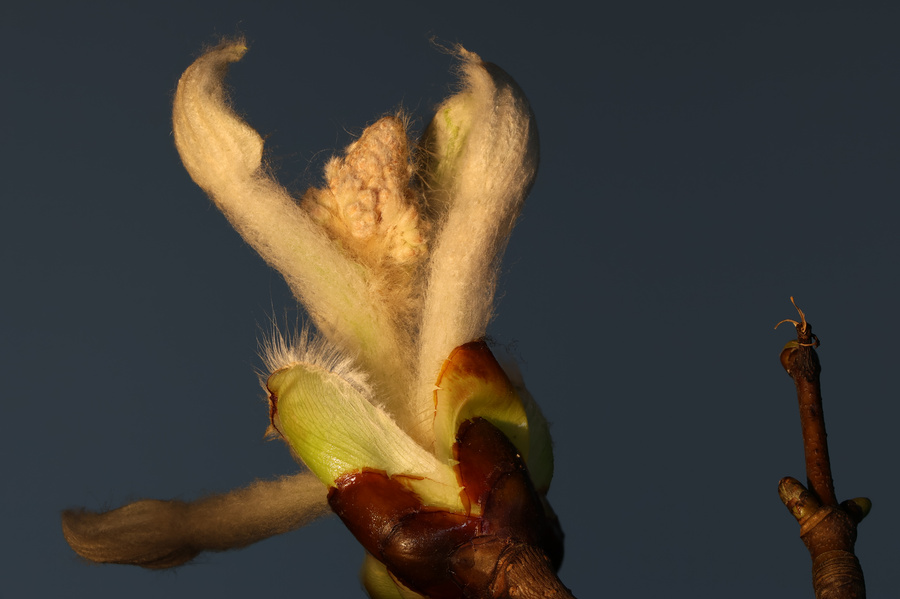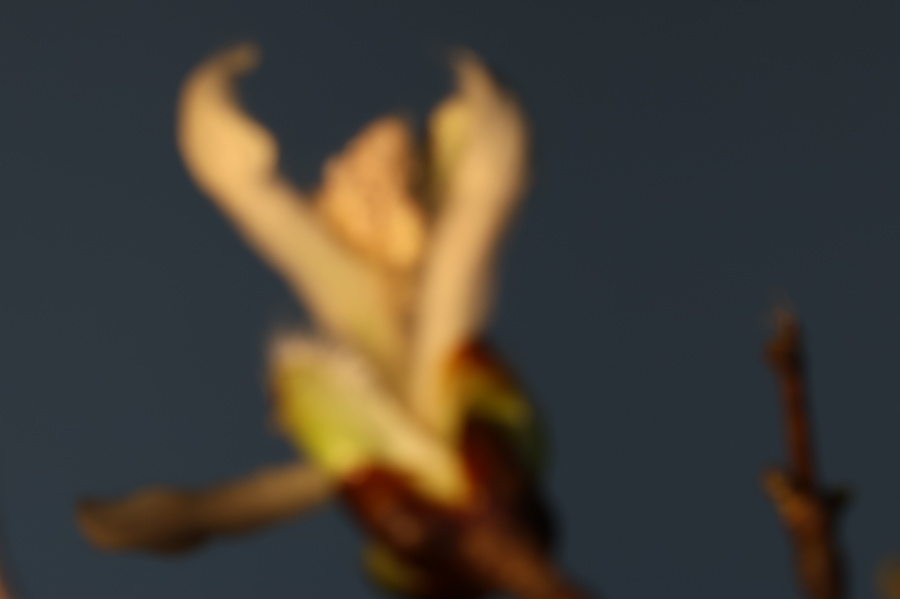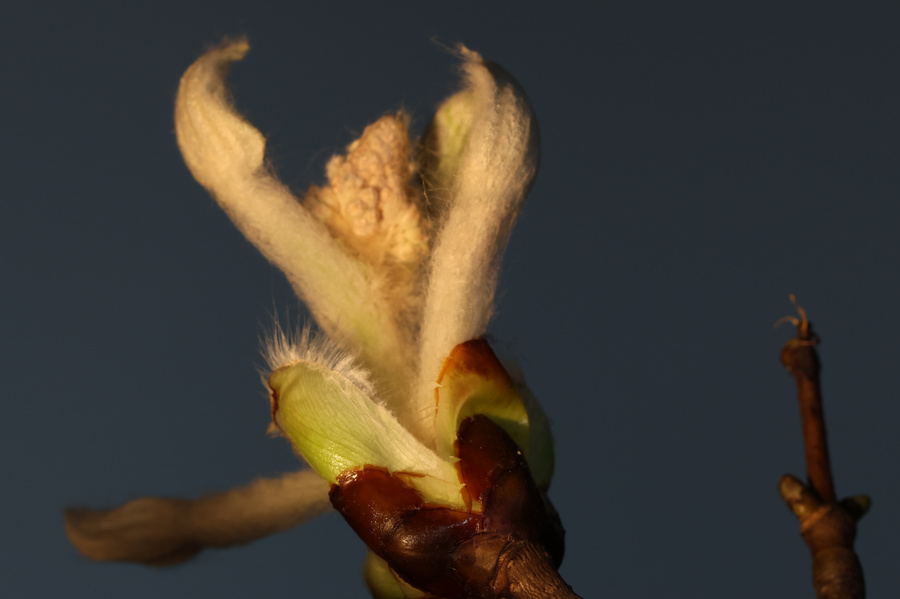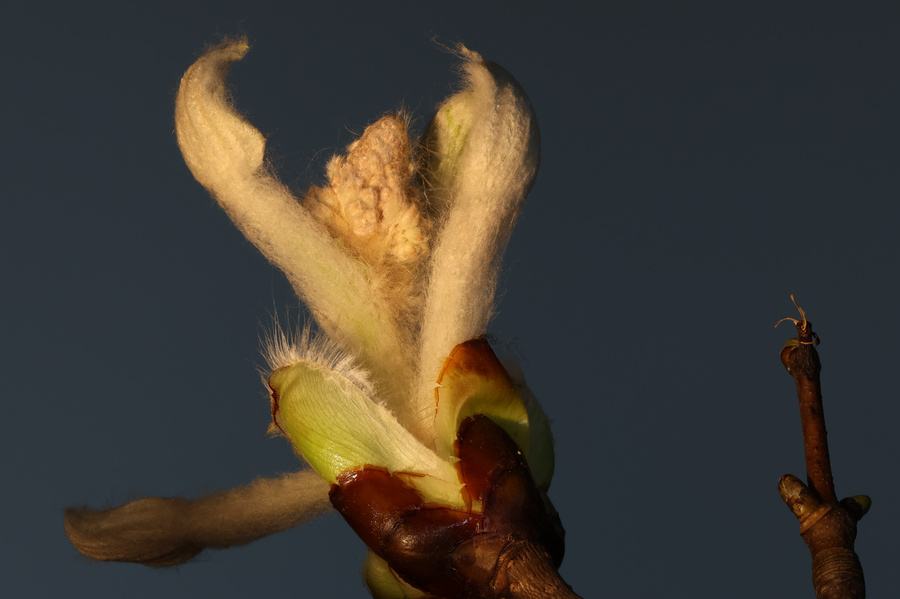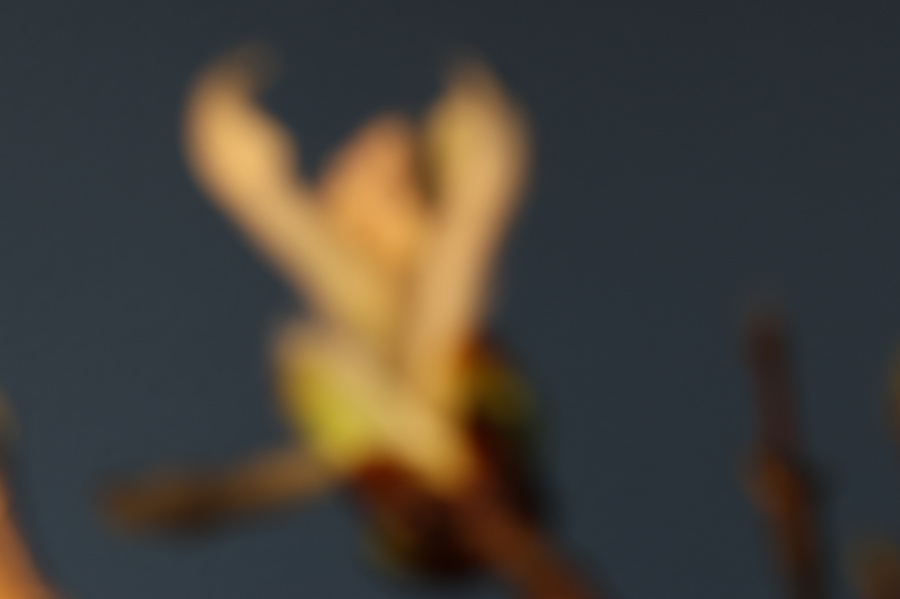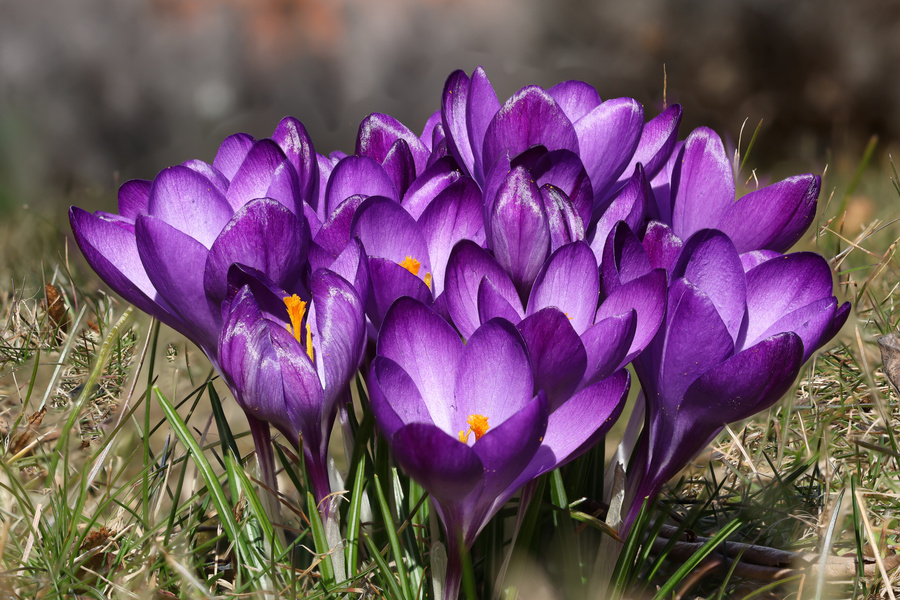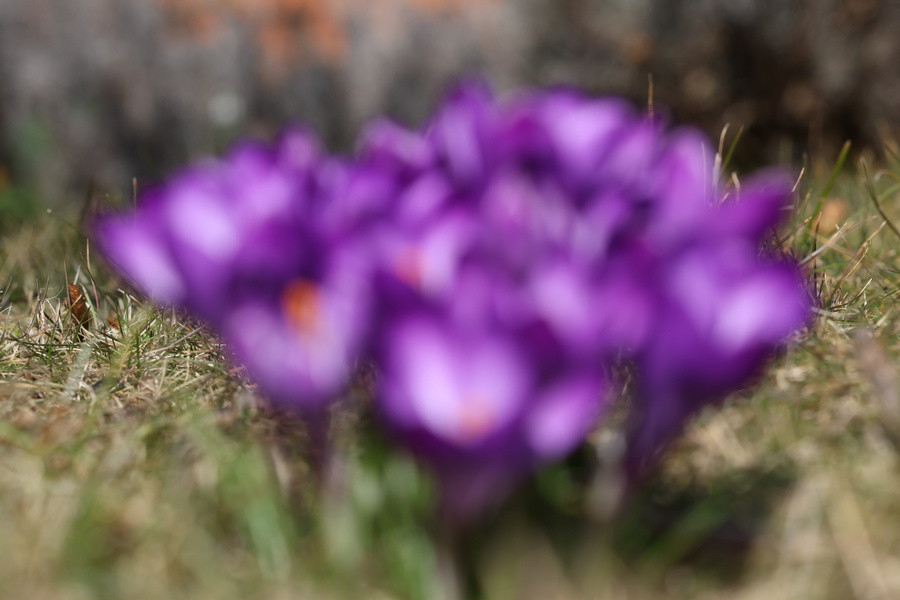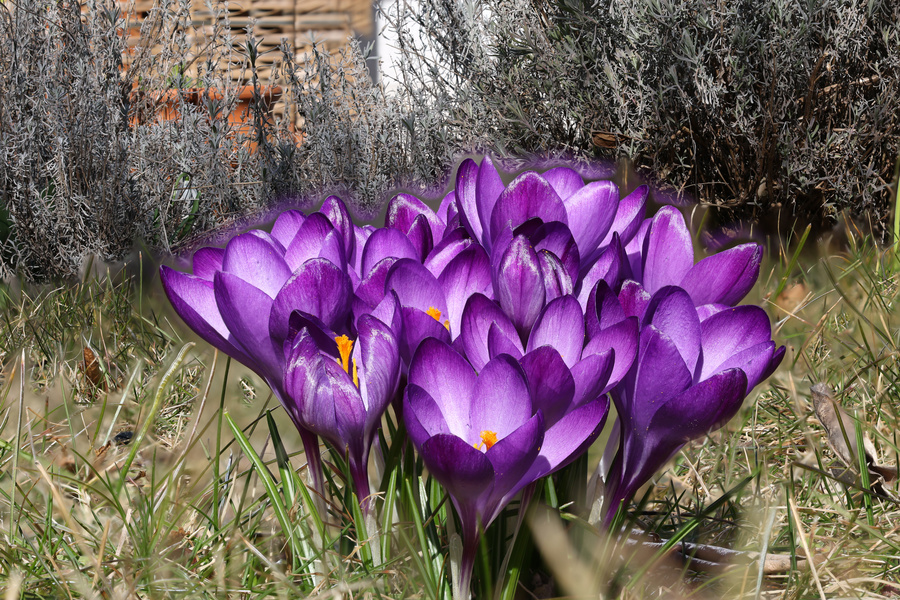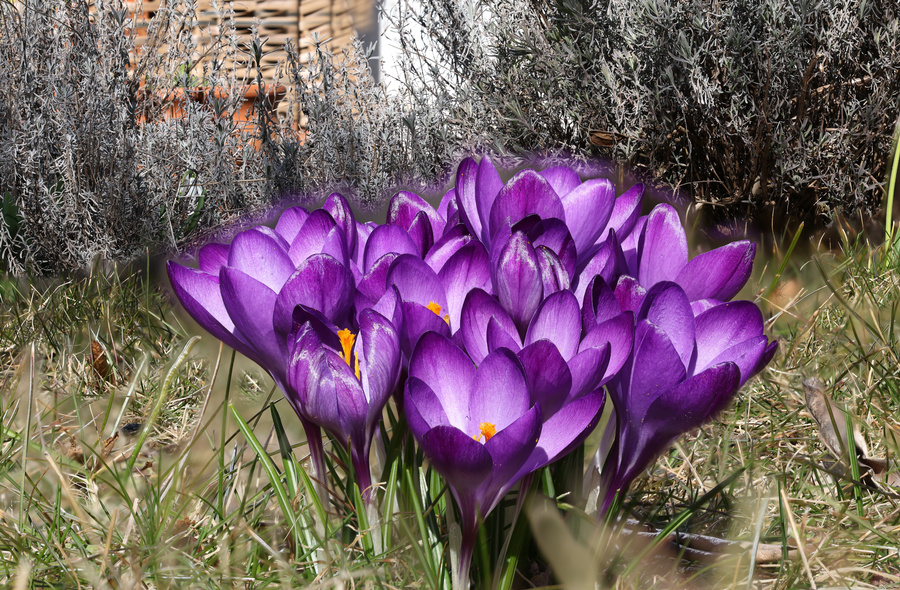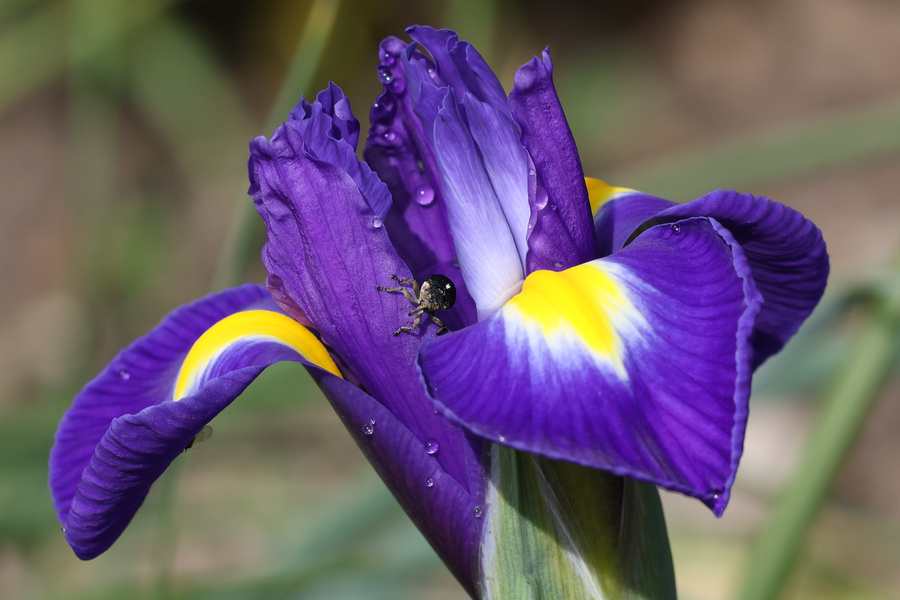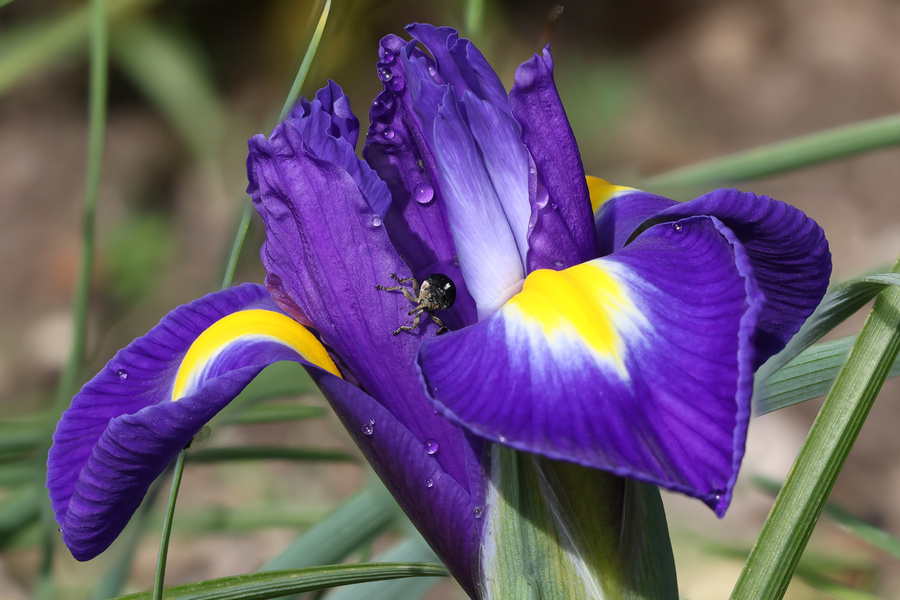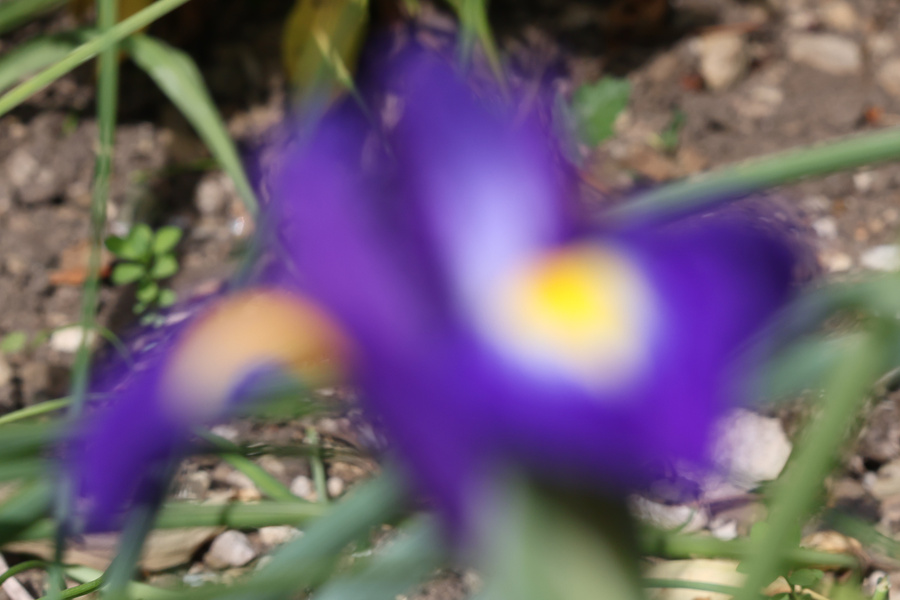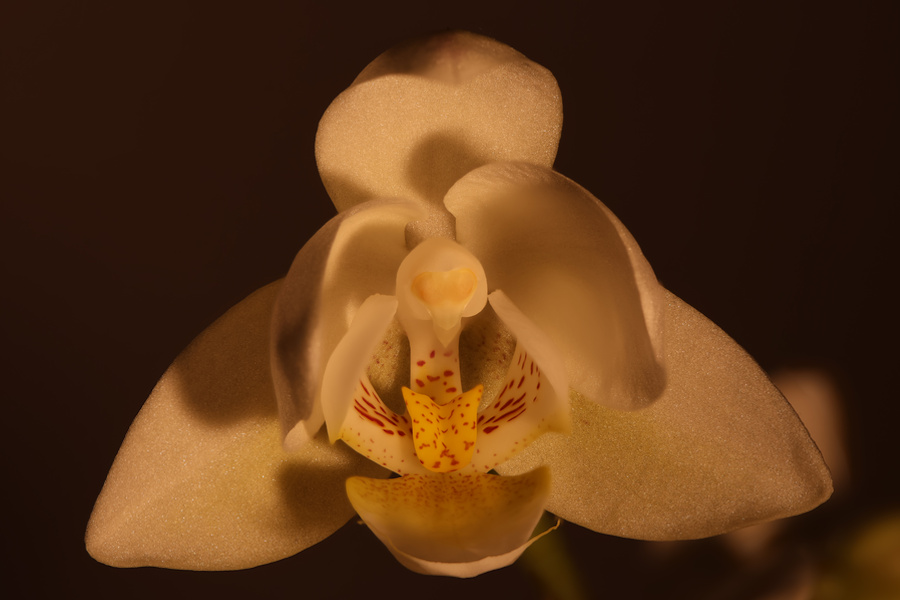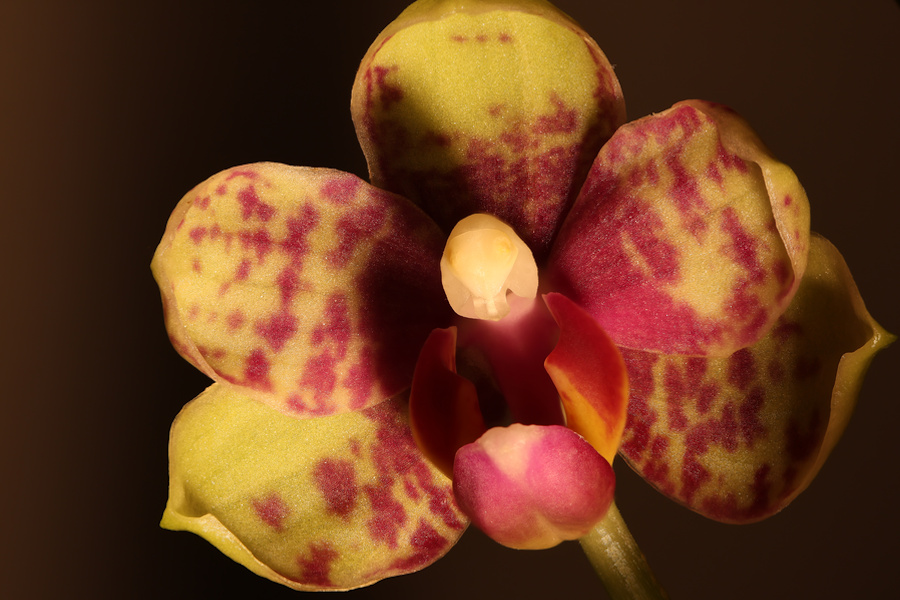Bildergalerie von Fokusreihen Photo gallery of focus bracketing series
Die Canon R7 hat eine Fokusreihen Funktion. Alle gezeigten Bilderreihen sind Stativaufnahme mit N Einzelbildern und nutzen die in der Kamera vorhandene Überlagerungsfunktion. In der Kamera können die RAW files der Einzelbilder der Reihenaufnahme gespeichert werden, nicht aber das RAW file des Überlagerungsbilds. Deswegen basiert die Vergleiche ausschließlich auf den in der Kamera erzeugten Bilder im JPEG Format. Als Objektiv wurde das TAMRON SP 90mm MACRO Objektiv mit dem EF-EOS R Adapter genutzt. Zur Visualisierung der Schärfentiefe einer jeweiligen Einzelaufnahme zeigen alle Vergleiche die Aufnahme am Nahpunkt, die Komposition und die Aufnahme am Fernpunkt. Der Nahpunkt wird bei Beginn der Aufnahme ausgewählt, den Fernpunkt bestimmt die Kamera selbständig. The Canon R7 has focus bracketing capabilities. All shown photos are tripod exposures of N individual images and use the in-camera depth compositing. The camera allows for storing the RAW files of the series, but not of the final composition. Therefore, the below comparisons are all based on the camera produced files in JPEG format. I used the TAMRON SP 90mm MACRO lens with the EF-EOS R adapter. To get an idea of the depth of field of a single shot for the specific configurations, the three photos show the image at the nearest point, the composition and the image at the farthest point. The nearest point is selected when starting the exposure, the farthest point is determined by the camera.
Die nächste Bilderreihe aus N=40 Einzelbildern ist eine Innenraum Aufnahme einer Orchideenblüte im Abstand von etwa 35cm vom APS-C Sensor und beleuchtet durch eine einfache LED Lampe. The next row of photos is an example of an indoor exposure with N=40 individual images of an orchid blossom, located about 35cm away from the APS-C chip and illuminated by a simple LED lamp.
Die nächsten zwei Bilderreihen sind Aufnahmen von Kapselfrüchten einer Hibiskuspflanze im Morgenlicht nach einer frostigen Nacht mit unterschiedlichen Blenden F9 (oben) und F4.5 (unten) und je 50 Einzelaufnahmen. The next two rows of photos show capsules of a hibiscus plant in the morning sun after a frosty night using two different f-number, namely F9 (top) und F4.5 (bottom) and 50 images each.
Die nächste Bilderreihe ist eine Aufnahme eines aufgerollten Blattes nach einer frostigen Nacht mit 50 Einzelaufnahmen. The next row of photos shows a coiled-up leaf after a frosty night using 50 images.
Die nächsten zwei Bilderreihen sind Aufnahmen von Blättern und Blüten einer Rose nach einer frostigen Nacht mit je 50 Einzelaufnahmen. The next two rows of photos show leafes and blossoms of a rose after a frosty night using 50 images each.
Die nächsten zwei Bilderreihen sind Aufnahmen von Blüten einer Netzblatt Schwertlilie mit 46 bzw. 50 Einzelaufnahmen. The next two rows of photos show blossoms of a reticulated iris with 46 and 50 images.
Die nächsten Bilderreihen sind Aufnahmen von Blüten einer Kastanie mit verschiedenen Belichtungen und 30 (erste Reihe) oder 50 (zweite-fünfte Reihe) Einzelaufnahmen. The next rows of photos show blossoms of a chestnut with different exposures and 30 (first series) or 50 (second-fifth series) images.
Die nächste Bilderreihe zeigt eine Gruppe von von Frühlings-Krokussen mit 50 Einzelaufnahmen. The next row shows a group of Dutch-Crocus plants with 50 images.
Die nächsten Bilderreihen zeigen erneut diese Gruppe von Frühlings-Krokussen. Die erste Reihe hat 70 Einzelaufnahmen, die in der Kamera zusammengesetzt wurden. Da die Kamera vom eingestellten Nahpunkt aus Bilder mit entfernteren Fokusebenen bis unendlich aufnimmt, ergibt sich in diesem Fall eine störender Hintergrund. Die zweite Reihe zeigt Variationen davon, welche mit der Canon Software DPP4 erstellt wurden. Zur Überprüfung der Reproduzierbarkeit der in der Kamera erstellten Komposition mit DPP4 zeigen das linke und mittlere Bild die DPP4 Kompositionen aus allen JPG bzw allen CR3 Bildern. Es sind keine merklichen Unterschiede erkennbar, weder zwischen diesen beiden Bildern noch zur Komposition durch die Kamera. Zur Entfernung des Hintergrunds ist im rechten Bild die Komposition nur aus den ersten 55 Bildern erstellt worden. Es zeigt sich, dass bei komplizierteren Aufnahmesituationen die Komposition bevorzugt in DPP4 erfolgen sollte, da dies eine Auswahl der genutzen Bilder rmöglicht. The next rows again show this group of Dutch-Crocus plants. The first row has 70 images for which the composition was perfromed within the camera. Since the camera, starting from the nearest points, includes images with further-away focal planes until infinity, in this case a disturbing background appears. The second row shows variations of this, this time produced by the Canon software DPP4. To verify the reproducibility, the first and second photo show the compositions from all JPG and all CR3 images. No significant difference is visible, amongst the two and with respect to the composition by the camera To remove the background, the rightmost composition is obtained using only the first 55 images.
Die nächste Bilderreihe zeigt einen Weißpunktigen Schwertlilienrüssler auf einer Schwertlilie mit 50 Einzelaufnahmen, die in der Kamera zusammengesetzt wurden. The next row shows a White-spotted Iris Weevil on an Iris, where the composition has 50 images combined within the camera.
Die folgenden Bilder sind auch Bilderreihen (typisch 50 Bilder). Allerdings wird jeweils nur das in der Kamera erzeugte JPG Kompositionsbild gezeigt. The following photos are also focus bracketing images (typically 50 shots each). However, only the JPG composition produced by the camera is shown.


















